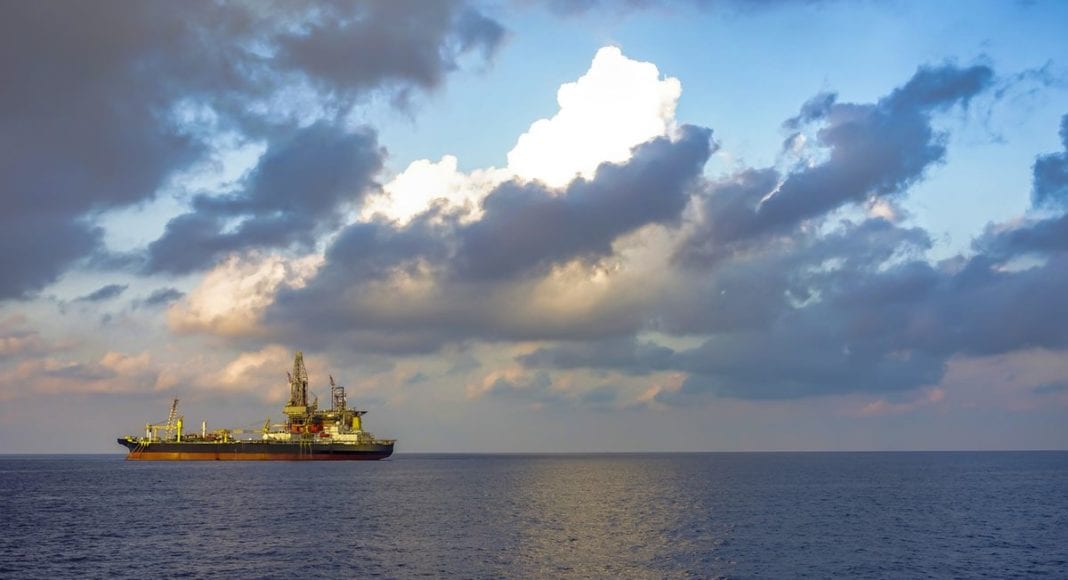(S&P Global Platts) Noble Corp.’s acquisition of Pacific Drilling announced this week in a merger of drillers points to the troubled state of the oilfield service sector, even with more activity expected this year as the industry recovers from the pandemic.
Drillers and suppliers of oilfield support services and equipment have struggled as oil prices have waxed and waned in recent years and face headwinds even now despite prices recovering above $60/b after a tumultuous 2020 and a brighter outlook ahead.
Even when prices were near today’s levels, as in a pre-pandemic 2019, for example, the benefits of more expensive oil failed to trickle down to the service sector, owing to producers’ capital discipline, efficiencies and the recent focus on well completions over new wells.
“While many of the larger public [oilfield service] companies have restructured or refinanced their debt, a number of smaller companies are still struggling and have been kicking the can down the road but haven’t solved the problem,” said James Wicklund, managing director of energy investment banking at Stephens, Inc.
“Technology and the ability to afford and implement it is speeding up all the trends, and that means the marginal players get even more marginalized,” Wicklund said.
A number of oilfield service provider mergers have been one solution. In 2019, UK’s Ensco merged with veteran Rowan Companies in a $2.4 billion all-stock deal. Ensco in previous years had grown through acquisitions, buying Atwood Oceanics in 2017 and Pride International in 2011. And several other smaller equipment and services suppliers have gone down the same road.
Bankruptcies and restructuring are other solutions. Data from international law firm Haynes and Boone shows 61 oilfield service company went bankrupt in 2020, nearly 75% of them in the second half of the year. That compares to 24 bankruptcies in 2019, 12 in 2018, 52 in 2017 and 72 in 2016.
2016 and 2017 were especially difficult for oilfield service purveyors who had made cost concessions to their E&P customers desperate to stay afloat as oil fell from $100/b in mid-2014 to half that level by early 2015.
But the oilfield sector didn’t catch a break over the succeeding years as producers became even more efficient and learned to do more with less equipment and services, particularly in shale formations.
Offshore drilling rates, particularly for rugged deepwater floaters, now command about half cost of leases of more than $500,000/day a decade ago. Offshore upstream operators prefer to explore around existing infrastructure where drilling takes less time.
Drilling to increase in 2021
But even as the pain from low oil prices lingers, drilling is expected to be up this year, researchers say.
Consultancy Rystad Energy said in a March 23 note it sees 54,000 wells drilled across the world in 2021, a 12% increase over last year, and sees activity rising further in 2022 by another 19% year on year to about 64,500 wells, falling short of the 73,000 wells drilled in 2019.
Onshore, Rystad said drilling should jump 12% from the 46,000 wells drilled last year to about 51,700 wells in 2021 before climbing another 19% in 2022 to reach roughly 61,700 wells. But even with the increase, “it still looks like drilling needs some more time to recover to pre-pandemic levels, as the onshore well count was nearly 71,000 in 2019,” Rystad said.
Offshore, drilling is projected to rise year on year by about 10% in both 2021 and 2022, bringing the number of wells in those arenas to nearly 2,500 this year and over 2,700 in 2022, up from less than 2,300 in 2020.
Exploration drilling around the world last year was not as affected as appraisals or discoveries, although more high-impact appraisals are expected this year, said Joe Killen, an analyst at consultants Westwood Energy.
Westwood expects an increase in activity to 32 high-impact appraisal wells in 2021, up from 22 in 2021 but down from 45 in 2019, Killen said March 24 during a webinar.



